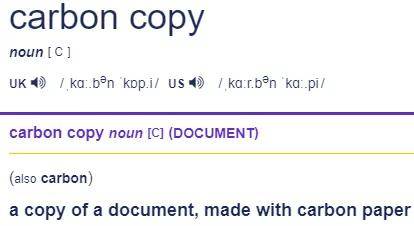Mastering Your Finances: How Do You Calculate Compound Interest on a Loan for Maximum Savings?
Guide or Summary:Understanding Compound InterestHow Do You Calculate Compound Interest on a Loan?Example CalculationImplications of Compound Interest on Loa……
Guide or Summary:
- Understanding Compound Interest
- How Do You Calculate Compound Interest on a Loan?
- Example Calculation
- Implications of Compound Interest on Loans
**Translation of "how do you calculate compound interest on a loan":** 如何计算贷款的复利?
---
Understanding Compound Interest
Compound interest is a powerful financial concept that can significantly impact the total amount you owe on a loan. Unlike simple interest, which is calculated only on the principal amount, compound interest is calculated on the principal plus any accumulated interest from previous periods. This means that the longer you leave your money invested or your loan unpaid, the more interest you will accumulate. Understanding how this works is crucial for anyone taking out a loan, whether for a mortgage, student loan, or personal finance.
How Do You Calculate Compound Interest on a Loan?
To calculate compound interest on a loan, you can use the formula:
\[ A = P \left(1 + \frac{r}{n}\right)^{nt} \]
Where:
- **A** = the amount of money accumulated after n years, including interest.
- **P** = the principal amount (the initial amount of money).
- **r** = the annual interest rate (decimal).
- **n** = the number of times that interest is compounded per year.

- **t** = the number of years the money is borrowed or invested.
Let’s break this down further:
1. **Principal Amount (P)**: This is the initial amount you borrow. For example, if you take out a loan of $10,000, that’s your principal.
2. **Annual Interest Rate (r)**: This is the rate at which your loan will accrue interest, expressed as a decimal. For instance, if your interest rate is 5%, you would use 0.05 in the formula.
3. **Compounding Frequency (n)**: This refers to how often the interest is calculated and added to the principal. Common compounding frequencies include annually (1), semi-annually (2), quarterly (4), monthly (12), and daily (365).
4. **Time Period (t)**: This is the duration for which the money is borrowed, expressed in years. If you have a 5-year loan, then t = 5.
Example Calculation
Let’s say you took out a loan of $10,000 at an annual interest rate of 5%, compounded monthly, for 5 years. Here’s how you would calculate the total amount you owe at the end of the loan period:
- **P** = 10,000

- **r** = 0.05
- **n** = 12 (monthly)
- **t** = 5
Plugging these values into the formula gives:
\[ A = 10000 \left(1 + \frac{0.05}{12}\right)^{12 \times 5} \]
Calculating this step-by-step:
1. Calculate \( \frac{0.05}{12} \) = 0.0041667
2. Add 1: \( 1 + 0.0041667 \) = 1.0041667

3. Calculate the exponent: \( 12 \times 5 = 60 \)
4. Raise to the power of 60: \( (1.0041667)^{60} \) ≈ 1.28368
5. Finally, multiply by the principal: \( 10000 \times 1.28368 \) ≈ 12,836.80
So, after 5 years, you would owe approximately $12,836.80.
Implications of Compound Interest on Loans
Understanding how to calculate compound interest on a loan is essential for managing your finances effectively. It allows you to see how much you will actually pay over the life of the loan. Additionally, knowing this can help you make informed decisions about whether to pay off your loan early, refinance, or choose different loan terms.
In conclusion, mastering the concept of compound interest is vital for anyone looking to manage loans wisely. By following the formula and understanding the components involved, you can make better financial choices and potentially save a significant amount of money over time.